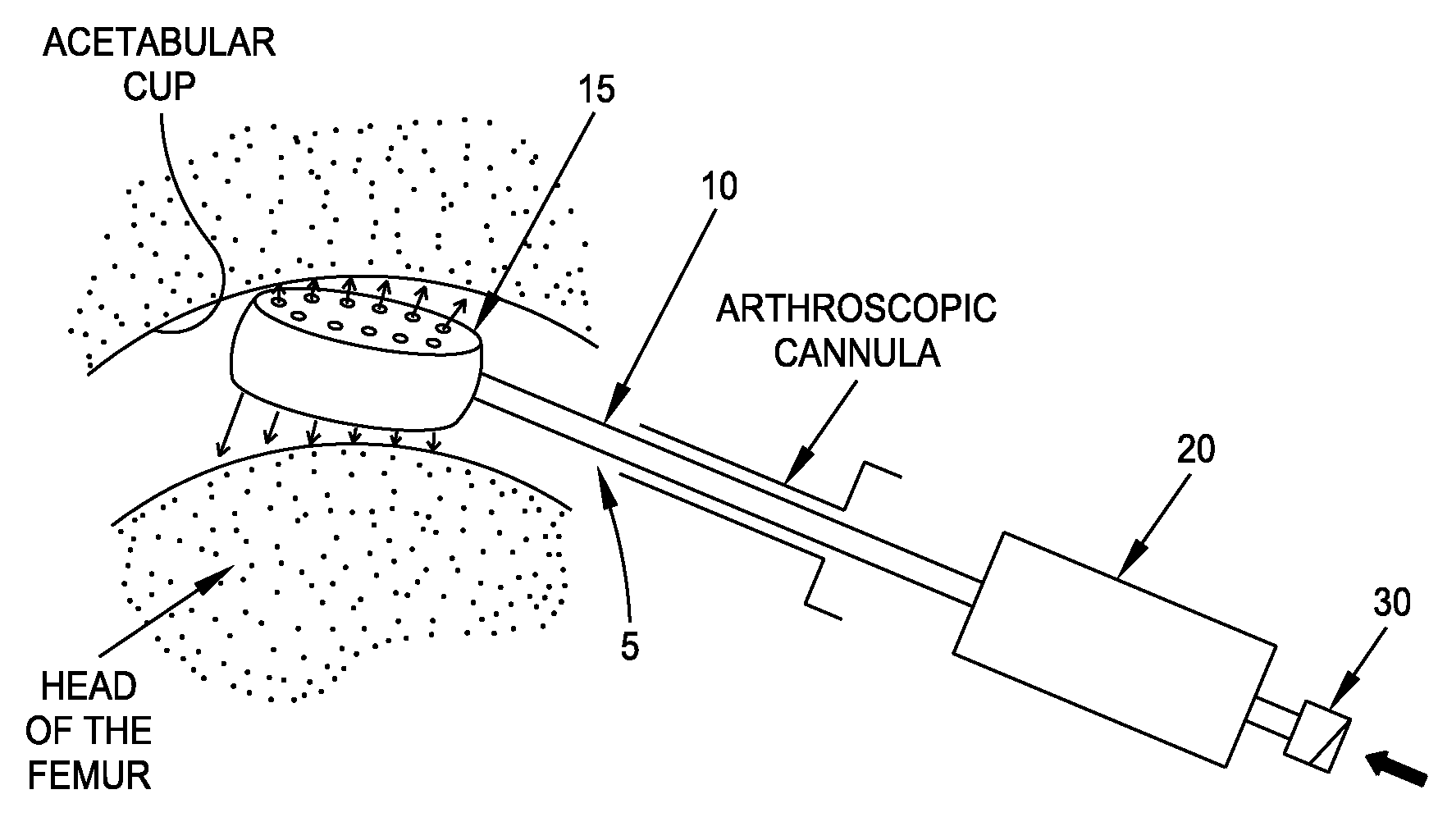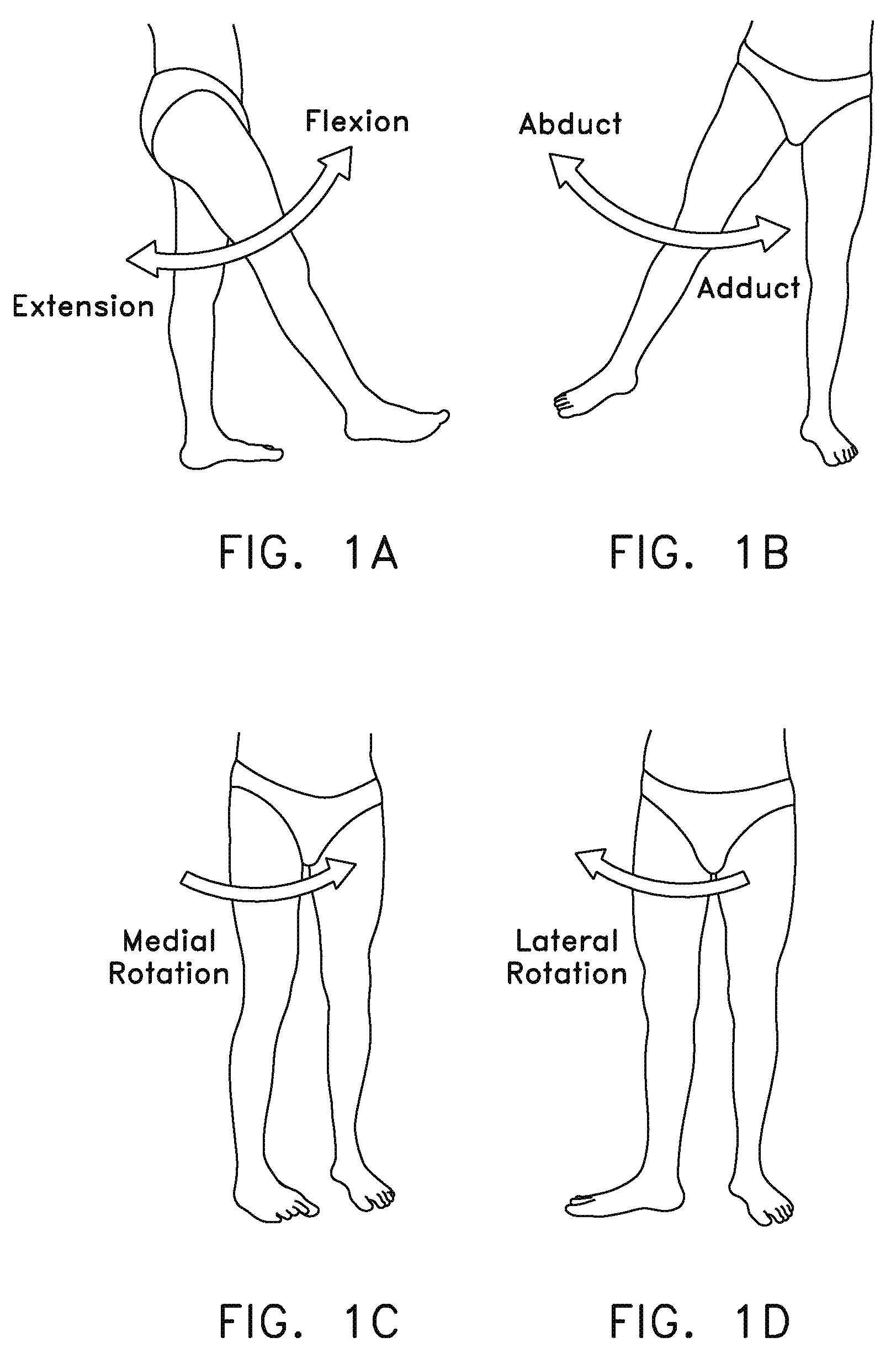Method and apparatus for distracting a joint, including the provision and use of a novel fluid joint spacer
a technology of fluid joint spacer and dislocation device, which is applied in the field of hip joint surgery methods and equipment, can solve the problems of significantly affecting patient comfort and lifestyle, affecting the comfort of patients, and affecting the quality of life of patients, and achieves the effect of maintaining the dislocation of the join
- Summary
- Abstract
- Description
- Claims
- Application Information
AI Technical Summary
Benefits of technology
Problems solved by technology
Method used
Image
Examples
Embodiment Construction
Novel Fluid Joint Spacer
[0067]In one form of the present invention, there is provided a novel fluid joint spacer which may be used to maintain the distraction of a joint, as will hereinafter be discussed in detail.
[0068]More particularly, in this form of the invention, and looking next at FIGS. 17-19, there is shown a novel fluid joint spacer 5 formed in accordance with the present invention. Novel fluid joint spacer 5 generally comprises an elongated shaft 10 having a body 15 disposed at its distal end and a handle 20 disposed at its proximal end. A lumen 25 connects the interior of body 15 with a fluid fitting 30 disposed on handle 20.
[0069]Elongated shaft 10 may be rigid or bendable and, if it is bendable, it may be steerable via means (not shown) provided on handle 20. In any case, elongated shaft 10 has sufficient structural integrity along its length so as to facilitate proper positioning of body 15 via handle 20 during use.
[0070]In this form of the invention, body 15 comprise...
PUM
 Login to View More
Login to View More Abstract
Description
Claims
Application Information
 Login to View More
Login to View More - R&D
- Intellectual Property
- Life Sciences
- Materials
- Tech Scout
- Unparalleled Data Quality
- Higher Quality Content
- 60% Fewer Hallucinations
Browse by: Latest US Patents, China's latest patents, Technical Efficacy Thesaurus, Application Domain, Technology Topic, Popular Technical Reports.
© 2025 PatSnap. All rights reserved.Legal|Privacy policy|Modern Slavery Act Transparency Statement|Sitemap|About US| Contact US: help@patsnap.com



